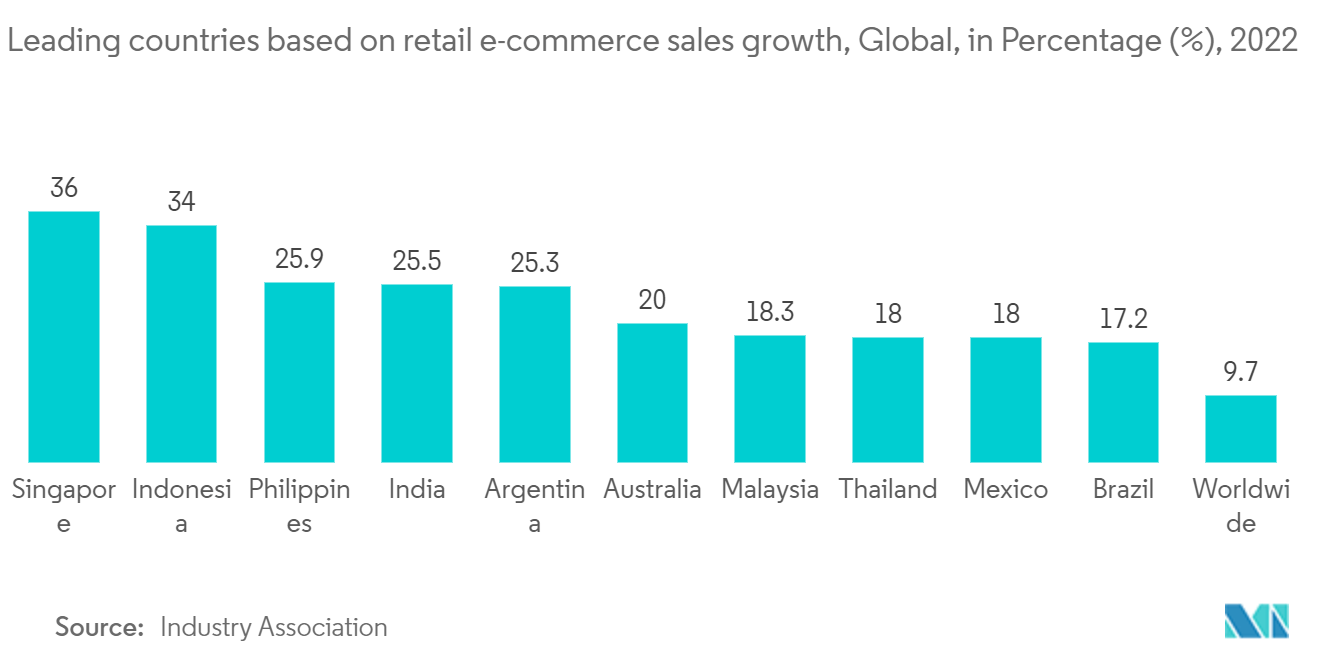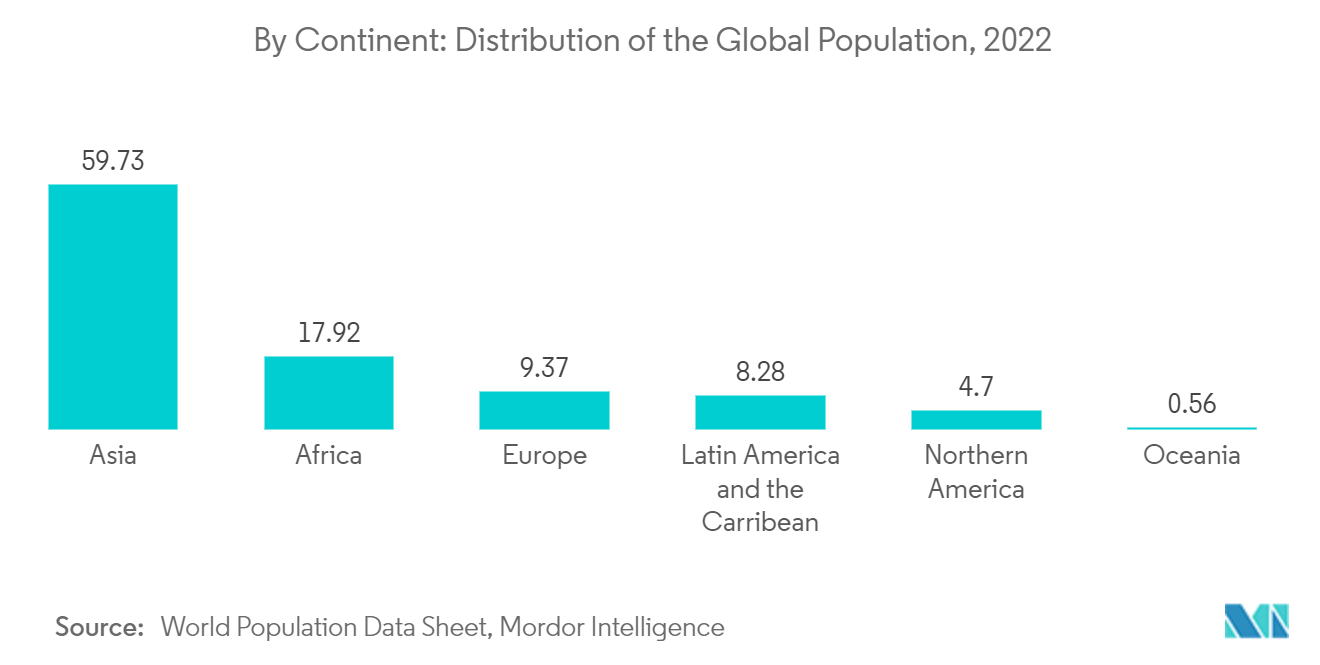Market Trends of FMCG Logistics Industry
Growing Penetration of E-commerce Demands Efficient Logistics Operations
E-commerce is reshaping the global retail market. Till date, the e-commerce boom has favored the travel sector, as well as apparel and electronics retailers. E-commerce currently contributes less than 7% of the global fast-moving consumer goods (FMCG) market. One of the key reasons for the slower uptake of online FMCG has been the logistical challenges associated with ensuring fresh and perishable products arrive at the consumer in top condition. Additionally, in advanced markets, especially those with dense populations such as Germany, many FMCG products are readily available in close proximity to consumers at brick-and-mortar stores.
However, with increasing consumer demand for convenience, and better technology and other enabling conditions, online FMCG growth is accelerating across the globe. FMCG online growth will continue to outpace offline growth, and most retailers and manufacturers need Omnichannel strategies to ensure future success. Online FMCG sales are set to double globally over the next few years and will grow twice as fast in developing markets than in developed markets. The Asia region is expected to provide some of the biggest growth opportunities for online FMCG over the next five years.
The current online marketplace offers visibility of inventory status and expected delivery time and a variety of shipping options including free tracking options and easy returns. To provide free shipping, retailers need to get low-cost solutions from their logistics providers. Equally, to propose fast, including same-day delivery options to their consumers, retailers need high-priority and entirely reliable logistics services.

The rising population driving the expansion of the FMCG Industry
The growing population is one of the key reasons driving the expansion of the global FMCG industry. In actuality, the quick expansion in population is inversely correlated with the rise in consumer goods consumption. Similar factors include regular product launches, increased consumer awareness of various FMCG products, rising middle-class disposable incomes, easier access to consumer goods, a noticeable shift in consumers' lifestyles in developed and developing nations, strong brand advertising, and attractive price points, strong logistics and distribution channels of such companies, expansion of online commerce, and increased R&D spending by both established players and newcomers in the market.
Also, the increasing use of social media and the internet has created a wealth of development prospects in the past and is certain to do so in the future. As one of their primary methods to capture a sizeable portion of the market, several top international businesses in the industry are dedicated to offering consumers personalized solutions. A few of these tactics involve product introductions and acquisitions.
Consumers nowadays are increasingly looking for convenience, healthier alternatives, and locally produced organic products. This demand for ease was what gave rise to eCommerce, which has flourished. Companies are making significant investments in digital analytics, and many think that among all consumer industries, the retail sector is perhaps the ripest for transformation.

